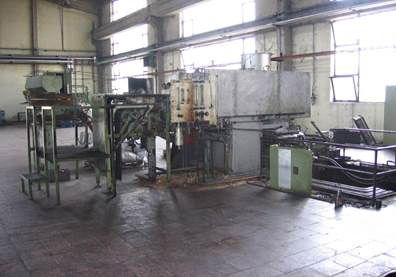Carbonitriding
Carbonitriding is a process whereby the steel surface layer simultaneously absorbs carbon and nitrogen atoms by diffusion. The main goal of this treatment is to increase the surface hardness up to 55-65 HRC, as well as its wear resistance.
The temperature at which the process occurs is from 850 – 860°C and lasts for about 2-10 hours. It is carried out in a gaseous medium consisting of a carbon-containing gas and ammonia. Hardening, reheating and moderate cooling are the subsequent processes. Under optimal conditions, the structure of the carbonitrided layer consists of tiny martensite crystals, a small amount of evenly distributed fine carbonitride and about 25-30% of retained austenite. Thickness of the carbonitrided layer is 0.2–0.8 mm, but not over 1mm, because a thicker layer would contain defects and would have reduced mechanical properties.
Carbonitriding is applied to complexly shaped objects, prone to bending. The process has certain advantages over the cementation, due to the lower temperature.
Carbonitriding processes in PPT-TMO S.A. take place in Degussa shaft furnaces (workspace dimensions are 900 x 2000 mm and maximum batch weight up to 1000 kg) or in a Safed fluidized bed furnaces, for small objects.
 |

 Srpski
Srpski